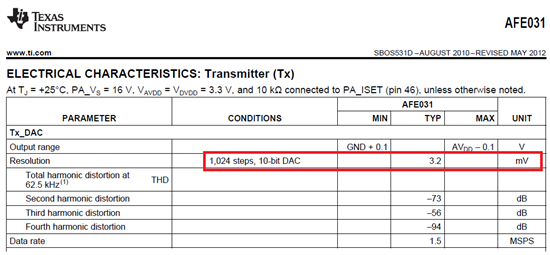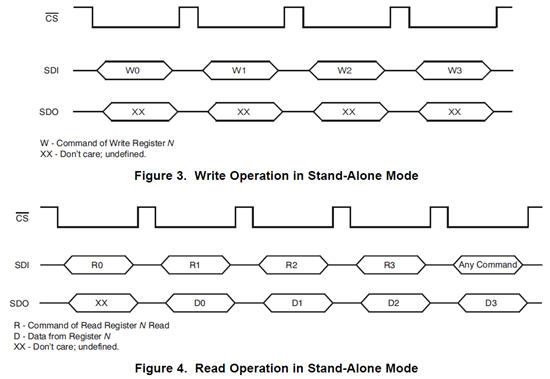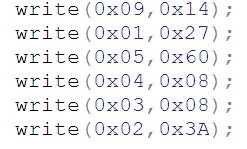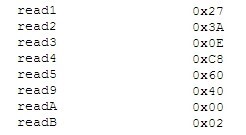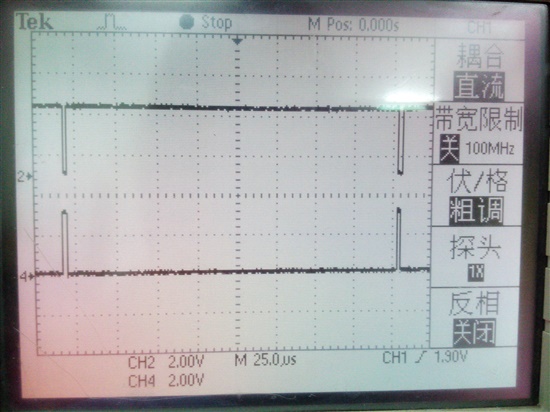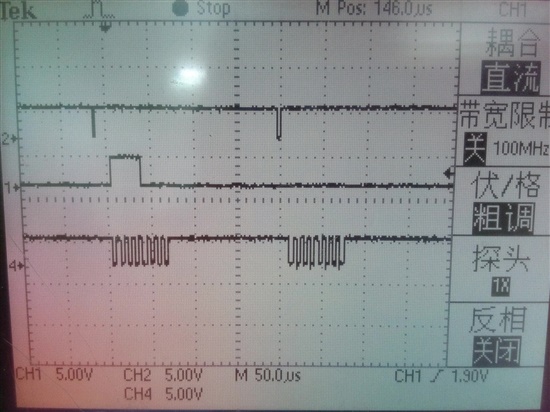I am trying to interface the AFE031 via SPI to control the DAC. The output is changing as I write to SPI but not as I expect. I suspect that the SPI mode is incorrect, is there a way to tell the AFE031 which mode to expect? I have read the data from a logic analyzer and am quite certain that my SPI signal is sending the proper data. Any other info regarding the AFE031 would be very much appreciated as I find the datasheet and Analog Front End Design Note to be very brief.
I have attached my code and would appreciate if you could take a look at it. It is very simple



